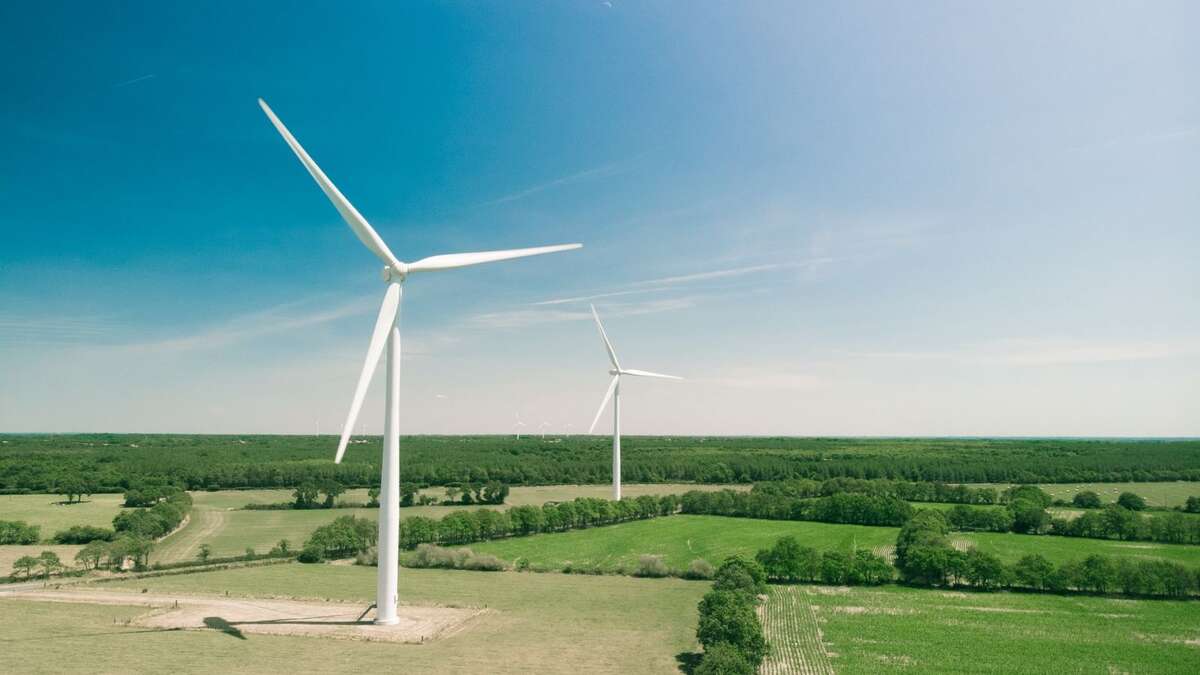Energy professionals in the U.K. and worldwide rely on fundraising and investing to advance clean power. A sustainable future requires a massive overhaul of grid infrastructure, utility operations and transmission technology, including monitoring devices and EV chargers. Developing and implementing green energy generators needs all hands on deck. Otherwise, corporations and governments would continue operating as they always have.
Supporting Research and Development
Research is the most direct impact fundraising can have on clean energy. Corporations resist funding studies and testing because it is unknown if the investment will reap returns — though it has a trend of performing well. Government grants are ideal because agencies agree and specifically allocate money toward nebulous development projects, such as:
- Surveying renewable energy sites for conservation
- Increasing generators’ energy efficiency
- Collecting data to contribute to analyzing global climate goals
- Discovering optimized deployment strategies
- Innovating existing energies, like biomass or geothermal, to eliminate barriers
- Improving cybersecurity and data integrity of systems connected to clean energy
Financial support catalyzes innovation, so philanthropic organizations and governments may collaborate with researchers. It promotes commercial scaling and experimenting with novel technologies. Fresh ideas are more likely to become streamlined faster if financial barriers do not hinder progress.
Swift refinement of clean energy technologies encourages governmental, private and public buy-in. This regulates prices when products hit broader markets. Extreme price-gouging dissolves when more information about green tech is widely available.
Reinforcing Clean Energy Infrastructure
Fundraising also directly goes to infrastructure upgrades and projects. Many initiatives can only break ground with adequate funding.
Companies typically engage with blueprints where they can see the project from start to finish, and a significant barrier to commitment is a question of financing. A consistent income stream from fundraising allows more projects to kickstart, providing large-scale green resources to communities sooner.
This extends outside of initial clean energy generators like wind turbines and electrolyzers. Investments result in job creation and environmental analysis, much like it did when the Solar Star power projects began in the U.S.
Grid modernization also requires battery energy storage. Fundraising ensures projects do not stop after the solar panels turn on because renewable energy resilience requires more peripherals and oversight than the tech itself.
Money reinforces clean infrastructure in more ways than backing it with cash. Acknowledging how fundraising could revitalize abandoned projects to provide economic and sustainable boons to regions that previously lost faith is also vital. The partnerships between companies and their financiers advertise how beneficial collaborations are for advancing eco-friendly objectives.
Advocacy and Policy Influence
Seeing infrastructure rise is the most satisfying way funding manifests, but it is most crucial for advocates. Nonprofit organizations must mobilize and convince policymakers to lobby for renewable energy.
These efforts take time and money that fundraising supports. Public interest and donations let industry experts make their knowledge and voices known to representatives. A definitive focus, public acknowledgement and gratitude go a long way in a productive fundraising campaign.
This makes awareness and engagement more widespread among the public. Citizens see the influence of their financial commitments as laws change and support the planet’s betterment. It brings communities together since people can see their impact on reversing the climate crisis.
Additionally, advocacy and policy influence alter mindsets. It promotes knowledge-sharing, both in business-to-business and enterprise-to-consumer relationships. Hiding secrets about clean energy behind copyrights, patents and negotiations hinders advancements. Alternatively, fundraising supports conferences, workshops, and speeches to promote green power potential and training.
Eventually, advocacy will grow past green energy implementation and become more holistic. Donations begin to alleviate the burdens of environmental racism and social inequities in underserved communities caused by utility inaccessibility and classism. Fundraising’s social impact is as essential as its advantages to research and expansion.
Why Money Matters to Climate Goals
Access to clean energy and technology would be free in a perfect world. However, finances are the foundation for renewable energy’s success. Whether government grants or private investments, climate-friendly utilities only roll out effectively when industries pool together to prioritize resources. Continued monetary support for clean energy is necessary for advancing adoption at the pace the planet requires.











